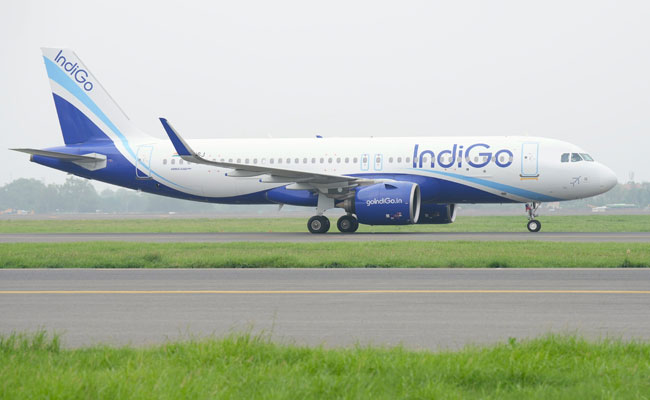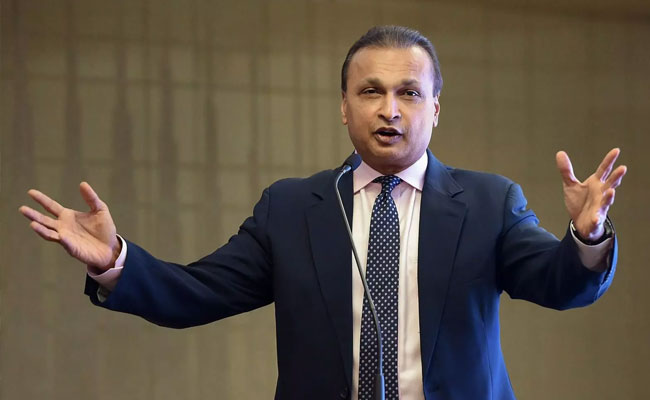The verdict in the Babri Masjid demolition case has been delivered on predictable lines. When the Supreme Court ordered earlier in favour of the construction of the Ram Mandir on the site where the Masjid once stood, it offered a whiff of what it is to be expected in the demolition conspiracy case.
Strangely, the Supreme Court, while allowing the construction of the temple, held that the demolition of the Masjid was a criminal act. Constitutional experts then pointed out several incongruencies in the order. If the Babri Masjid demolition, termed as a major criminal act, had not taken place, it would have been impossible for the Supreme Court to allow the construction of the Ram Mandir. If the Babri Masjid was not demolished, the judiciary should have first ordered its demolition as it was only then that the construction of Ram Mandir would have been possible. Having allowed the construction of the Ram Mandir at the same place where the illegal act took place, it is almost as if the highest court has covertly approved the demolition. With this, investigations against the accused in the act of demolition totally lost its significance. The order of the CBI Special Court on Wednesday is then only a parody of the justice system.
One point must be considered. The events that took place on December 6, 1992 was not just about the demolition of a mosque but about demolishing the country’s justice system. Only after obtaining an assurance from the organizers to the Supreme Court that no untoward incident would take place at the site, were they allowed entry. But the organizers did not keep their promise. By demolishing the Babri Masjid, the miscreants dealt a death blow to the legal system and the Constitution. Therefore, all leaders who were responsible for organizing the programme stand incriminated in the act of demolition. By ensuring that they are punished, the justice system should have provided itself justice. If it is not able to provide justice when it suffered injustice, how can it provide justice to the aggrieved in the country? Such questions are now being raised by people after the Babri Masjid demolition case verdict.
Even now, the court has not said that a crime has not been committed. It is only saying that there is no clear evidence about who committed the act. By stating that the day’s event was not pre-planned, the court is trying to take refuge in the sentiments of the people to protect the accused. The court has also said that the evidence against the accused is not adequate and has expressed helplessness that the audio and video transcripts provided by the CBI cannot prove the truth. “The audio is not clear”, it said. “Anti-social elements have demolished the Masjid and the accused leaders have tried to stop it”, it said and has covertly given them the title of ‘Protectors of Babri Masjid.’
The accused have been acquitted because the court has not been convinced that Advani’s Rath Yatra and the subsequent political programmes were responsible for the gathering of people in such large numbers in the site and for the demolition of the disputed site. What then was Advani trying to sow in the minds of the people as part of the Rath Yatra? What was the reason for the blood bath during Rath Yatra? Is the court then saying that Advani was trying his best to stop the ‘Babri Masjid demolition’ through his Rath Yatra?
The court has said that ‘the audio is not clear.’ There could be two reasons for this. One could be some technical problem in the audio and video tape. The other could be the court’s own inability to see what is in it. It is still not clear which of these reasons is responsible for the ‘lack of clarity in the audio.’ But, it is true that people gathered in such large numbers only after listening to the speeches of those who encouraged the demolition of the Babri Masjid. The court has termed those who demolished the Masjid as ‘miscreants’ but has chosen to be innocent about those who organized the people in the Babri Masjid site. Why did the miscreants who were in the midst of devotees demolish the Babri Masjid and how did they do it? Did they do it using bare hands, or did they demolish the walls with their feet? It would not have been possible to demolish it without strong weapons. The media had reported that huge bulldozers had worked for the demolition of the historical structure. If the act was not pre-meditated, how did the weapons reach the place? A senior Home Ministry official had stated that the demolition was pre-planned as the structure was demolished within five hours. It seems that the court could not hear his voice also clearly. Moreover, the speeches of people who participated in the programme were not the sole provocateur in the demolition of Babri Masjid. For nearly a decade, programmes had been held under the leadership of Advani. The constant conspiracies of divisive forces against the country and the Constitution resulted in the demolition of the Babri Masjid. All the leaders who were present at the site on that day are therefore accused. It seems, therefore, the CBI special court not only could not hear but also had a problem with its sight.
There appears to be a possibility of appealing against the order. But people who file the appeal could be faced with a possibility of having to prove the existence of Babri Masjid at the site. Even if that were to be proved, there is no guarantee of getting justice because then it would be inevitable for them to prove the existence of a Constitution in the country. The Constitution was wrecked twice – once in the hands of the miscreants and then in the hands of the judiciary. Sadly, it was wrecked by those who should have protected it.
Let the Truth be known. If you read VB and like VB, please be a VB Supporter and Help us deliver the Truth to one and all.
Hyderabad (PTI): As many as 49 outbound Indigo flights are expected to be cancelled from here on Friday, Rajiv Gandhi International Airport sources said.
Similarly, 43 incoming flights are also likely to be cancelled during the day, they said.
A chaotic situation prevailed at the airport for the second consecutive day on Thursday as IndiGo cancelled 37 outbound flights, leaving aggrieved flyers stranded without alternative arrangements or clear communication.
"Absolute chaos at Hyderabad airport because of Indigo operational mess. All gates were bombarded with angry stuck passengers," a netizen said in a post on X this morning.
The airline, in a late-night statement, said the last two days have seen widespread disruption across IndiGo’s network and operations.
"We extend a heartfelt apology to all our customers and industry stakeholders who have been impacted by these events. IndiGo teams are working diligently and making all efforts with the support of MOCA, DGCA, BCAS, AAI and airport operators to reduce the cascading impact of these delays and restore normalcy," it said.
Indigo further said it will continue to keep its customers apprised of any changes to their scheduled flights and advise them to check the latest status at https://goindigo.in/check-flight-status.html before heading to the airport.
IndiGo deeply regrets the inconvenience caused and remains focused on streamlining its operations at the earliest, it added.





